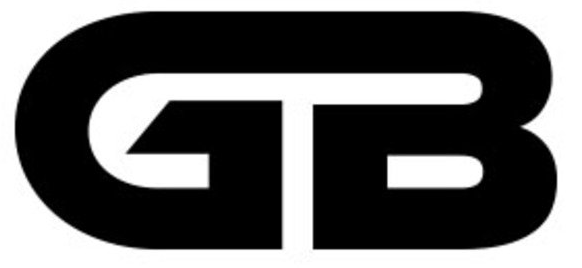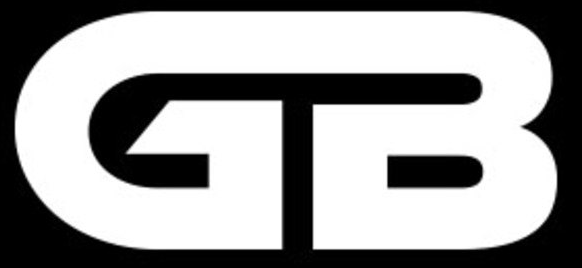The term “översägt” might seem obscure or unfamiliar, yet it embodies rich cultural, historical, or technological significance in various contexts. This article explores the origins, meanings, and applications of “översägt,” aiming to shed light on its relevance and importance in different domains.
1. Origins and Etymology
a. Linguistic Roots
“Översägt” is a Swedish term that translates to “sawed through” or “cut through” in English. The word is derived from the Swedish verb “säga,” meaning “to saw,” combined with the prefix “över,” indicating “over” or “through.” Understanding its etymology provides insight into its usage and significance in various contexts.
b. Historical Context
The concept of sawing through materials has historical roots in both craftsmanship and industry. Sawing is an ancient technique used in woodworking, construction, and manufacturing. The term “översägt” thus connects to a long tradition of using saws to divide or shape materials.
2. Technical Applications
a. Woodworking and Carpentry
In woodworking and carpentry, “översägt” refers to the process of cutting through wood to achieve specific shapes or sizes. Accurate sawing is crucial for creating well-fitting joints, precise angles, and smooth finishes. Various saws, including hand saws, circular saws, and band saws, are employed depending on the project requirements.
- Hand Saws: Traditional saws used for manual cutting. Techniques such as crosscutting (cutting across the grain) and rip cutting (cutting along the grain) are common.
- Circular Saws: Power tools used for cutting wood quickly and efficiently, often with adjustable depth and angle settings.
- Band Saws: Useful for cutting curves and irregular shapes in wood.
b. Construction and Demolition
In construction and demolition, “översägt” pertains to cutting through structural elements like beams, pipes, and concrete. Precision and safety are paramount in these applications, as incorrect cutting can compromise structural integrity or pose safety risks.
- Concrete Saws: Specialized tools equipped with diamond blades designed to cut through concrete and masonry.
- Reciprocating Saws: Versatile tools used for cutting through various materials, including wood, metal, and plastic.
c. Metalworking
In metalworking, “översägt” involves cutting through metal materials to shape or size components. Metal saws, such as hacksaws and band saws, are used to achieve clean cuts and maintain accuracy.
- Hacksaws: Manual tools with a serrated blade, suitable for cutting thin metal sheets and pipes.
- Band Saws: Equipped with a continuous band blade, ideal for cutting larger metal sections and complex shapes.
3. Artistic and Craft Contexts
a. Sculpting and Artistic Creation
In artistic contexts, “översägt” refers to the use of sawing techniques to create sculptures and other artistic works. Artists may employ saws to carve intricate designs, produce texture, or assemble pieces from different materials.
- Wood Carving: Sculptors use various saws to shape wood into artistic forms, often combining sawing with other techniques like chiseling and sanding.
- Mixed Media Art: Artists working with materials like wood, metal, and acrylic may use saws to prepare components for their creations.
b. DIY and Craft Projects
In DIY and craft projects, “översägt” signifies the use of sawing techniques to build or modify objects. Projects may range from homemade furniture to intricate models, requiring precision and creativity.
- Home Improvement: Sawing is a common task in home improvement projects, including building shelves, installing trim, or creating custom furniture.
- Model Making: Hobbyists use small saws to cut materials like plastic, wood, or foam for model assembly and detailing.
4. Symbolic and Metaphorical Uses
a. Symbolism in Literature and Culture
The concept of “översägt” can also be symbolic in literature and culture, representing themes of division, transformation, or overcoming obstacles. Sawing through something can symbolize breaking barriers or transitioning from one state to another.
- Literary Metaphors: In literature, sawing through obstacles might symbolize personal growth or the process of overcoming challenges.
- Cultural Symbols: Various cultures may use the imagery of sawing or cutting as part of folklore, rituals, or artistic expression.
b. Metaphorical Applications in Business and Personal Development
In business and personal development contexts, “översägt” can metaphorically represent cutting through complexities or simplifying processes. Leaders and individuals might use the concept to convey ideas about efficiency, problem-solving, or innovation.
- Business Strategy: Cutting through bureaucracy or inefficiencies to streamline operations and improve productivity.
- Personal Growth: Overcoming personal challenges or obstacles to achieve goals and advance in life.
5. Educational and Training Aspects
a. Teaching Sawing Techniques
Education and training programs often include instruction on sawing techniques for various applications. Proper training ensures that individuals can use saws safely and effectively, whether for woodworking, construction, or metalworking.
- Vocational Training: Programs for carpenters, builders, and metalworkers include hands-on training with different types of saws and cutting techniques.
- Safety Education: Instruction on safety protocols, including proper handling of saws, protective equipment, and techniques to prevent accidents.
b. Advancements in Technology and Tools
Advancements in technology have led to the development of more sophisticated saws and cutting tools, improving precision and efficiency. Modern tools often include features such as laser guides, automated adjustments, and enhanced safety mechanisms.
- Laser Guides: Assist in achieving accurate cuts by projecting a visual guide onto the material.
- Automated Saws: Incorporate computer controls to automate cutting processes, enhancing precision and reducing manual effort.
6. Environmental Considerations
a. Sustainable Practices
Sawing activities can have environmental impacts, such as generating waste and consuming resources. Implementing sustainable practices can help mitigate these effects and promote environmentally responsible behavior.
- Waste Management: Recycling or repurposing sawdust and wood scraps to reduce waste.
- Resource Efficiency: Using materials efficiently to minimize the environmental footprint of cutting activities.
b. Eco-Friendly Tools and Materials
Choosing eco-friendly tools and materials can contribute to sustainability in sawing applications. Options include using tools made from recycled materials or selecting wood sourced from sustainable forestry practices.
- Recycled Tools: Tools made from recycled or reclaimed materials reduce the environmental impact of manufacturing.
- Sustainable Wood: Opting for wood certified by organizations like the Forest Stewardship Council (FSC) ensures responsible forestry practices.
7. Common Mistakes and Troubleshooting
a. Common Sawing Errors
Several common mistakes can occur during sawing, affecting the quality and safety of the cut. Understanding these errors can help individuals improve their sawing techniques and achieve better results.
- Incorrect Blade Tension: Using blades with improper tension can lead to inaccurate cuts or blade breakage.
- Uneven Cutting Pressure: Applying uneven pressure can cause crooked cuts or damage to the material.
b. Troubleshooting Techniques
Troubleshooting techniques can address issues that arise during sawing, ensuring successful outcomes and preventing damage to tools or materials.
- Adjusting Blade Settings: Ensuring proper blade settings and alignment can resolve issues related to cutting accuracy.
- Maintaining Tools: Regular maintenance, including sharpening blades and lubricating moving parts, helps prevent problems and extend the lifespan of saws.
8. Conclusion
The concept of “översägt,” or sawing through materials, encompasses a wide range of applications, from technical and artistic to symbolic and educational. By understanding the origins, significance, and various uses of sawing techniques, individuals can appreciate the skill and craftsmanship involved in this essential process.
Whether in woodworking, construction, metalworking, or artistic creation, mastering sawing techniques contributes to achieving precision, efficiency, and creativity. The advancements in technology and sustainable practices further enhance the impact and relevance of sawing in modern contexts.
In summary, “översägt” represents more than just a technical term; it embodies a fundamental skill that bridges tradition and innovation. By honing sawing techniques and embracing responsible practices, individuals can achieve excellence in their projects and contribute to a more sustainable future.


